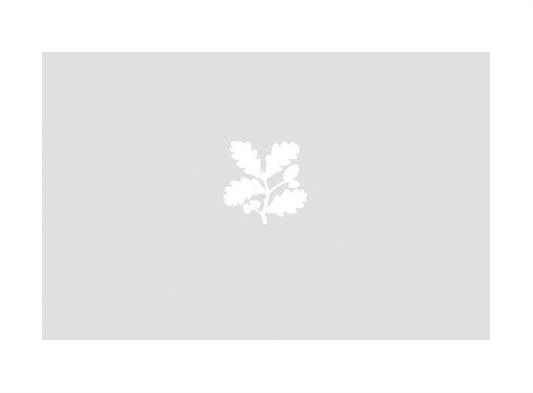Ceiling plasterwork
Category
Fixtures and fittings
Date
Unknown
Materials
Lime Plaster
Measurements
7.2 m (Height); 4.4 m (Diameter)
Collection
Rievaulx Terrace, North Yorkshire
NT 202004
Summary
Plasterwork decoration inside the dome of the Tuscan Temple, together with the masks and drapes over the windows. Believed to be the work of the Italian plasterer Giuseppe Cortese. The Tuscan Temple is the smaller building at the south end of the terrace. It is in the form of a circular, peripteral-plan temple with Tuscan Doric columns and an elaborately-carved entablature frieze. The stylobate is approached from a single flight of steps from the north. The dome is stepped and covered in lead. Internally there is a single domed room with a floor of medieval tile fragments taken from the Abbey. The room is entered from the north side with the door surmounted by a pediment supported on corbel brackets. The room is lit by windows to the east, south and west sides each surmounted by a central plaster head with swags and drops to either side. An enriched entablature circumscribes the top of the walls, the cornice supported by modillions with and an oak garland frieze below. The dome is enlivened by a shallow rib lattice with patterrae at the rib intersections. The apex of the frieze supports a painted roundel of a winged figure within a frame of plaster oak garlanding. It has been suggested (Pevsner) that the figure is Ganymede but as it is female it is thought to be unlikely. It could be the allegorical figure of Fame, although without her trumpet. The painting has been attributed to Andrea Casali (Rome 1705 - Rome 1784). Two circular mesh vents have been introduced into the dome about half way up on the east and west sides of the room. The room is decorated in a blue and white scheme with the principal architectural features i.e., skirting, dado, and plaster ornament picked out in white against a light blue background. The dome accordingly has the ribs in white against blue coffered panels. The room is unfurnished with the exception of a pietra dura octagonal table in the centre of the room. The building is Grade 1 listed and believed to the work of Sir Thomas Robinson c. 1758.
